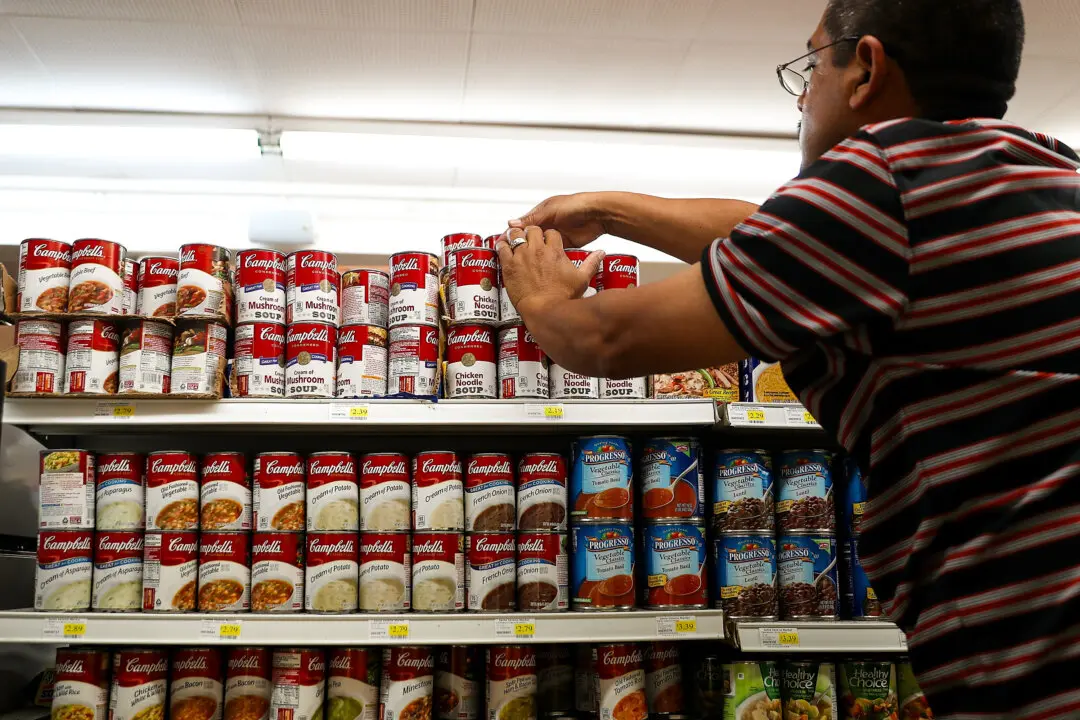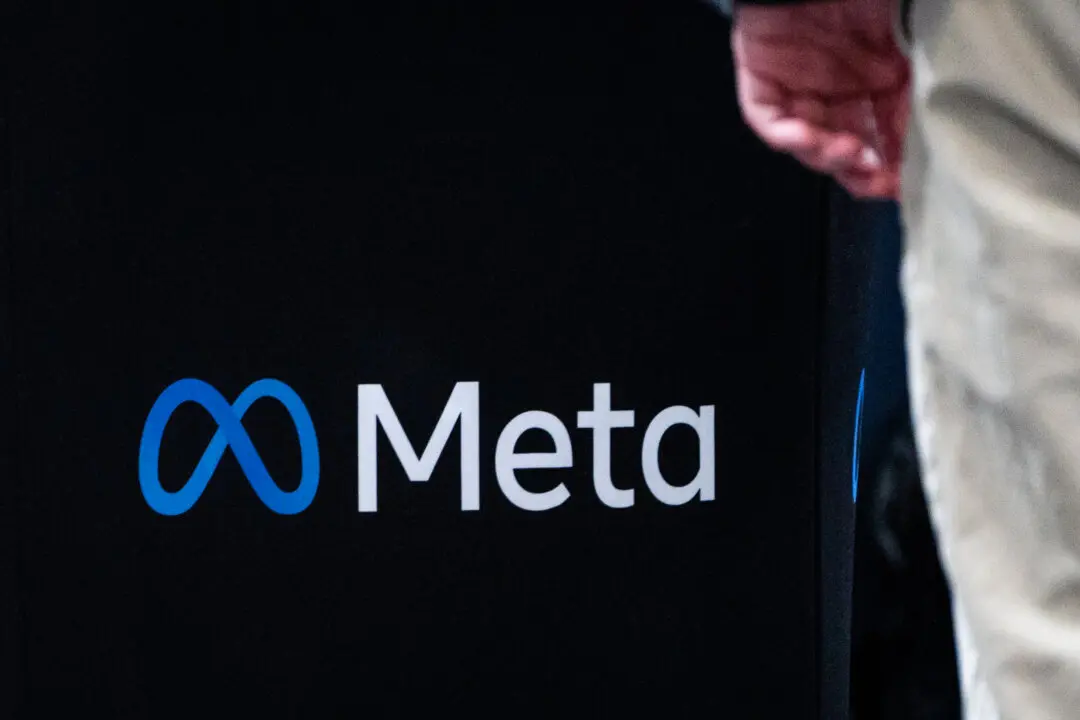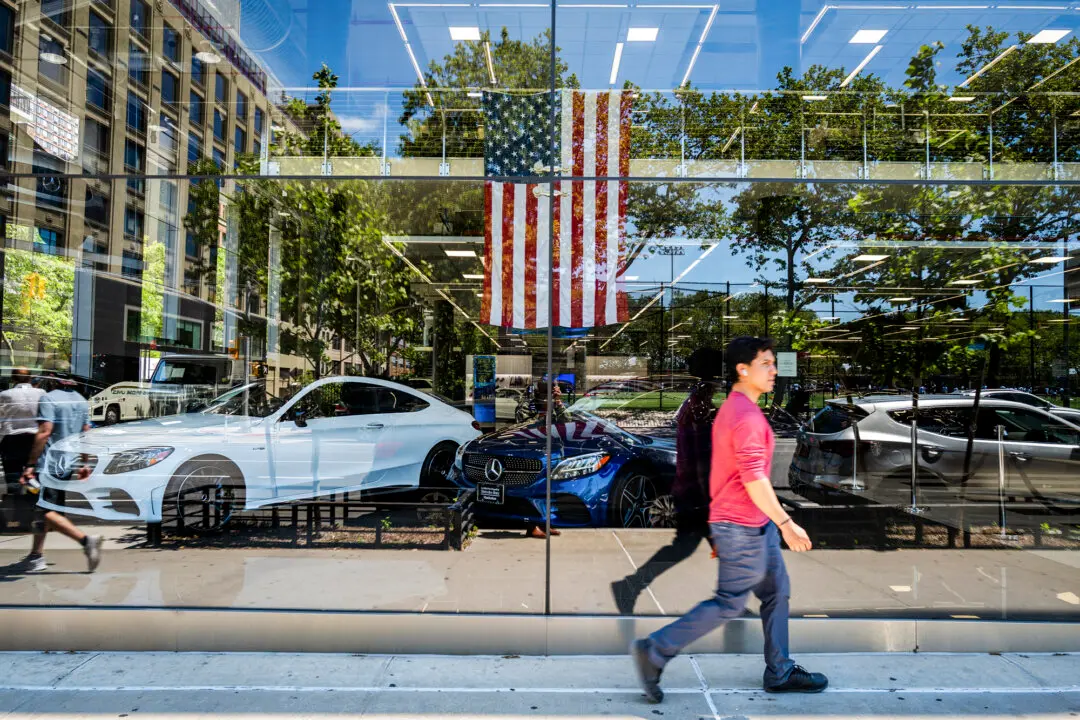Inflation expectations among Americans have risen for the short, medium, and longer terms, while their unemployment expectations reached the highest level since April 2020, according to the October 2022 Survey of Consumer Expectations by the Federal Reserve Bank of New York.
“Median inflation expectations increased at both the one- and three-year-ahead horizons in October, by 0.5 and 0.2 percentage point, respectively, to 5.9 percent and 3.1 percent,” said a Nov. 14 press release by the New York Fed. “Median five-year-ahead inflation expectations … increased by 0.2 percentage point to 2.4 percent.” Median inflation uncertainty rose for the short term but declined for the medium term.





